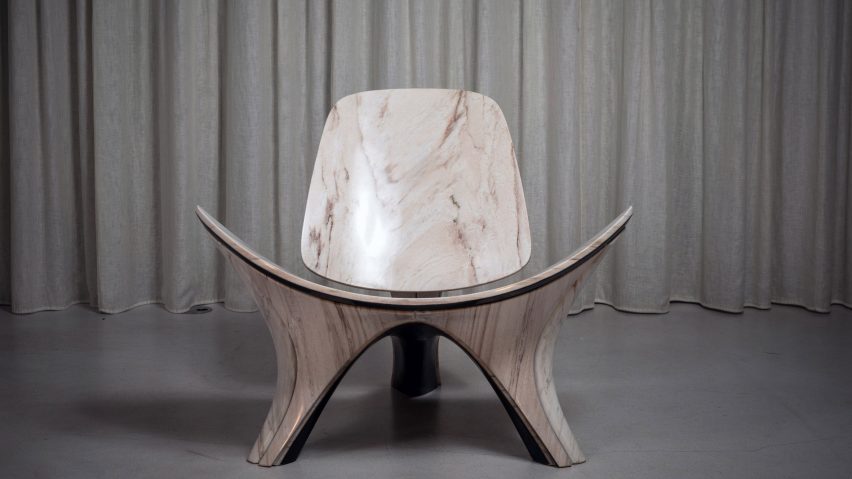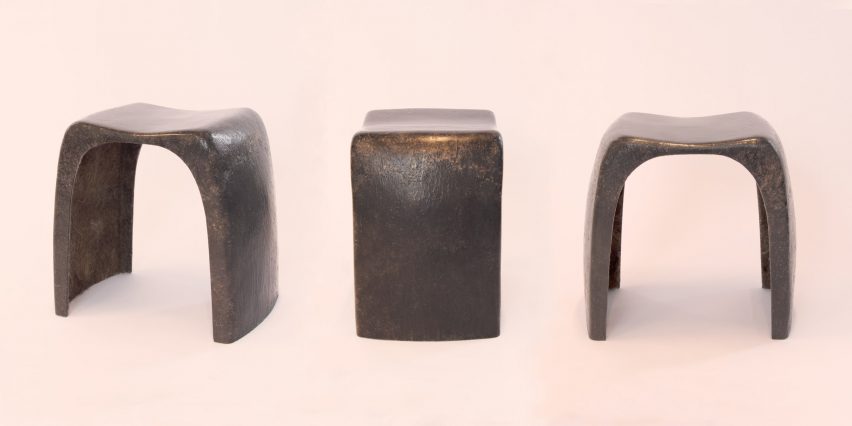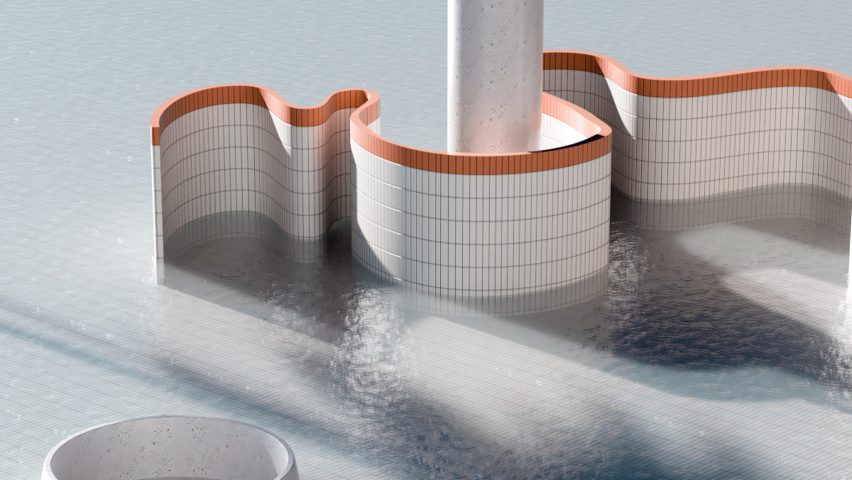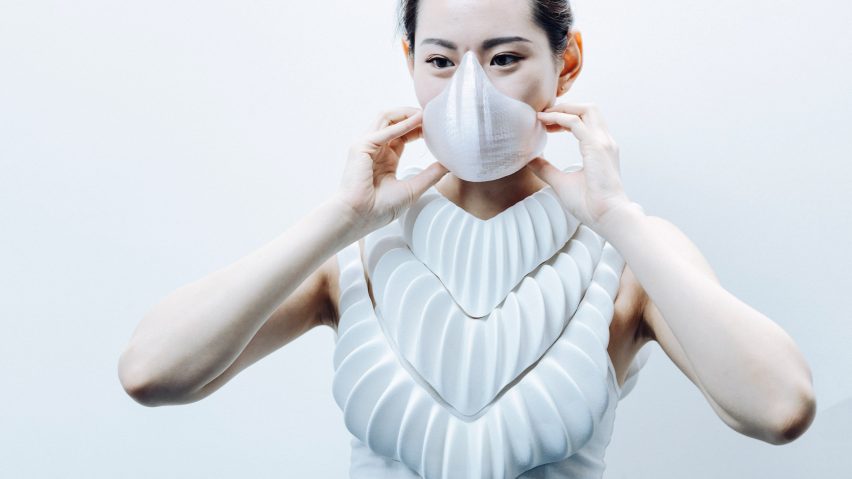
"My stool has been biodegradable since birth"
In this week's comment update, seats designed by Zaha Hadid Architects and Oksana Bondar divide readers' opinions.
Imitation game: Zaha Hadid Architects has recreated Hans J Wegner's 1963 CH07 lounge chair, but readers were not convinced the design was flattering.
"I think this is a well executed form of flattery for Wegner's genius is a very difficult medium to shape," said a complimentary Joe G. Cintron.
Mr Walnut Grey agreed, saying: "Perhaps imitation is the greatest form of flattery."
However, some readers were unimpressed by the redesign, including Ralf: "The original is not something I particularly like, but at least it has some elegance, poise and respect for materials. This version definitely doesn't have any of those things, it's just a complete mess of weird proportions and clunkiness."
Commenter Stephen Ritchings added: "Oh, dear. I wonder what it weighs. Poor use of material, and appalling misappropriation of another's work. The question isn't how, it's why?"
For one reader, their disappointment was too much to handle:
What do you think of the Lapella Chair? Join the discussion ›

Hair today, gone tomorrow: readers couldn't agree on whether Oksana Bondar's decision to use human hair when designing her biodegrable Wiggy stool was ethical or not.
"Not sure I'm comfortable with it. We probably shouldn't create economics that rely on human body parts, because although they may initially be freely given, what's to stop exploitation if it becomes industrialised? pondered a cynical Chris D.
An equally unimpressed Rene wrote: "How many heads do you need to create only one disgusting stool?"
Other readers were more open to the concept, including Ndidi: "It may sound sort of yucky now, but people have been using human hair for wigs for centuries so using human hair to make furniture may be less hard to accept. Human hair weaves are huge in the black community so this product has already therefore been industrialised."
"A hair-led recovery, I like it," added Jb.
One reader was left feeling confused:
Is the Wiggy stool to your taste? Join the discussion ›

For the gram: readers enjoyed looking at digital artist Alexis Christodoulou's Instagram images of imaginary spaces, but not all for the right reasons.
"A bit of Pomo, a bit of de Chirico, a bit of Magritte – nice," commented an approving Threefloatingorbs.
Jb also praised the work, but questioned its medium: "Dreamy, but it's not art."
In disagreement, Patrick Sardo responded: "Why not? He clearly carefully designed the spaces and set up lighting and cameras to make certain compositions. It's not so far off from drawing, just using more advanced digital techniques."
Of course, not all readers were impressed, with Thomas saying: "Talk about wasted time and computing power."
This commenter was certain about one thing:
What do you think of Christodoulou's dream-like spaces for Instagram? Join the discussion ›

Breath of fresh air: Jun Kamei has built a garment named Amphibio that functions like gills, allowing humans to breathe under water – and readers are on board.
"I do like the concept. It'd create a shark-eat-shark world instead of a dog-eat-dog world," joked Ndidi.
On a more serious note, Mr J commented: "This would be useful well before any future apocalypse. A developed version that supplies enough air to breathe would make hefty scuba equipment a thing of the past."
"I'll take one, but without the apocalyptic nonsense," replied Ron.
Not all readers were convinced of the design however, including Guest who asked: "Why would anyone wear clothes underwater – especially flowing, easily snagged clothes that weigh down the swimmer and create a very real danger of hypothermia?
One reader painted an unusual image:
Would you wear Amphibio? Join the discussion ›